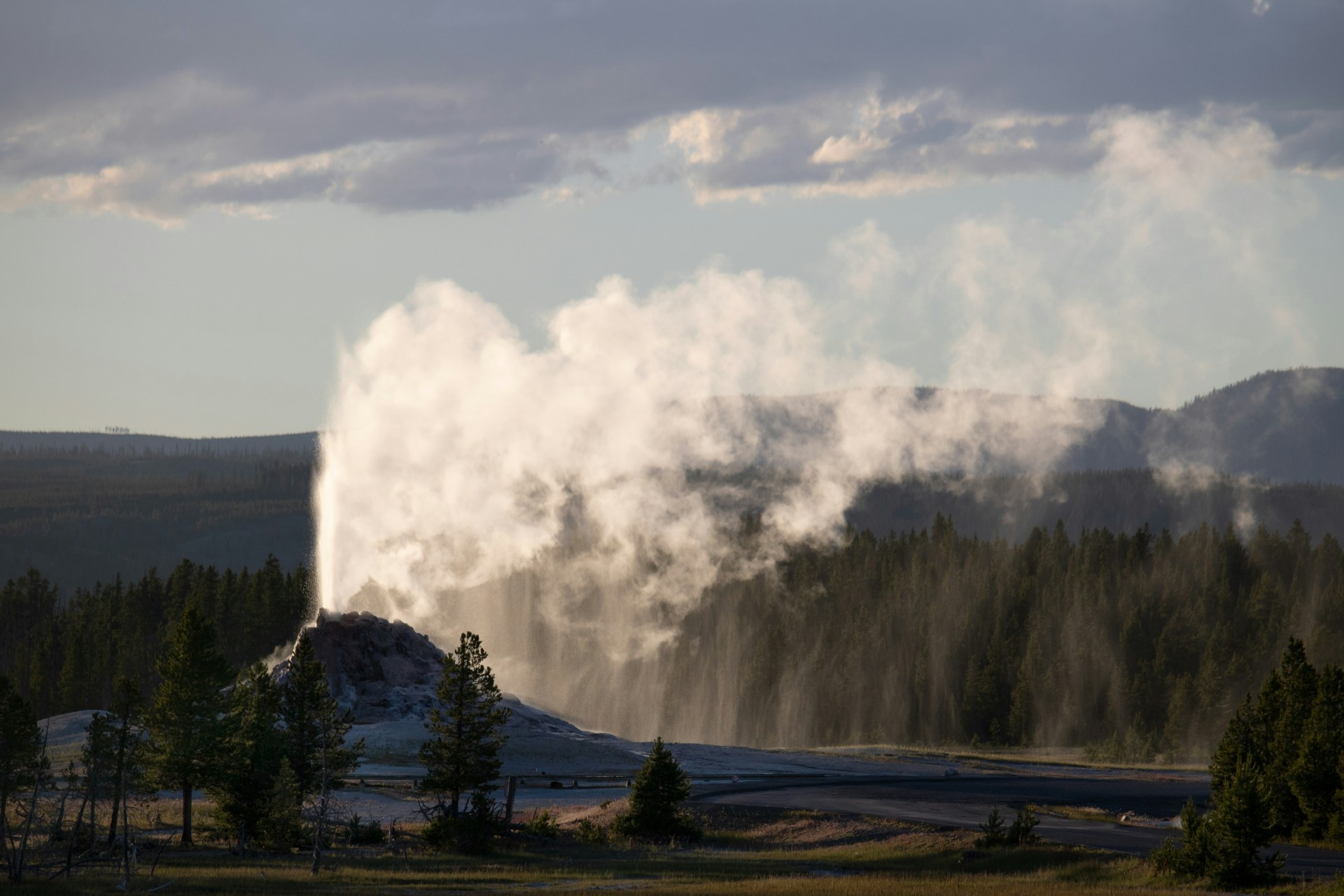Clean energy sources are going to play a vital role in the global race to net zero. Wind and solar are already well-defined resources, but what of geothermal energy? In this article, we’re digging into the potential of this underground resource, and whether it could play a big part in the UK’s clean energy mix.
What is geothermal energy?
Geothermal energy is the heat stored beneath the Earth’s surface, which can be harnessed for various purposes. Often, heat from the earth core rises to the surface as steam and is harnessed that way. This renewable energy source is not weather-dependent and offers a reliable, low-carbon alternative to traditional fuels. It can be accessed at varying depths (shallow, deep, and minewater geothermal systems) from just a few meters to several kilometres underground, using different technologies.
Once harnessed, geothermal energy can be used in a variety of ways. It can provide direct heat, such as for residential and commercial buildings, as well as generating electricity through geothermal powerplants.
Benefits of geothermal energy
Renewable: Geothermal energy is continually replenished by the Earth’s natural processes, making it a sustainable energy source in the long term.
Baseload power: Geothermal power plants can operate around the clock, providing a consistent source of electricity, unlike some other renewable sources such as solar and wind.
Domestic: Countries with geothermal resources can reduce dependence on imported fuels by harnessing heat from within their own borders.
Compact: Geothermal power plants and heating/cooling systems require relatively little space compared to other energy infrastructure, making them suitable for both urban and rural areas.
Clean: Modern geothermal power plants produce minimal greenhouse gas emissions. It’s been shown that life cycle emissions can be four times lower than solar PV, and 20 times lower than natural gas.
Setbacks of geothermal energy
Location restrictions: Geothermal energy is constrained by its geographical limitations, requiring specific regions with accessible energy sources. In the UK, only a few areas are predicted to have rocks hot enough for electricity generation.
Cost: In 2021, geothermal energy ranked as the second most expensive renewable energy source to install due to deep well drilling. Although operational costs are low, the initial investment poses a barrier, with payback periods ranging from five to 20 years.
Environmental impact: Geothermal energy operations may adversely affect ecosystems, groundwater, and induce gas emissions. The risk of seismic activity, linked to activities like injecting water into the Earth’s crust, highlights the importance of proper site selection and management to mitigate environmental impacts.
Geothermal energy in the UK
There are a multitude of locations throughout the UK that offer potential for geothermal energy. Some projects are already ongoing, with Exergy International and the UK’s Geothermal Engineering set to construct the UK’s first deep geothermal powerplant by the end of 2024. Once completed, the project aims to deliver roughly 3Mwe of baseload renewable energy.
“Geothermal heat is an untapped renewable resource with the potential to provide huge amounts of energy-efficient and carbon-free electricity and heat,” said Ryan Law, CEO of Geothermal Engineering, in a press statement.
But, that’s not to say everyone will have fair access to geothermal energy. A 2023 report from the guardian found that many areas with geothermal potential are actually located under Britain’s cities that are most in need of investment. The majority of these areas overlap with the levelling up agenda, with research commissioned by No10 to have found that earmarked levelling up areas are three times more likely to have generous untapped energy from the earth. While geothermal could be a promising solution, it comes with a variety of pros and cons – including being a costly resource to tap into.
Realistic timescale and future of geothermal energy
While geothermal energy has been utilised for centuries in certain regions for activities like heating and bathing, its commercial exploitation for electricity generation and heating/cooling systems is gaining momentum. To become a more reliable resource in the UK, we’ll first need to see greater funding and investment. A large transition to this earth-fuelled energy may take time – but it’s certainly on the horizon.












